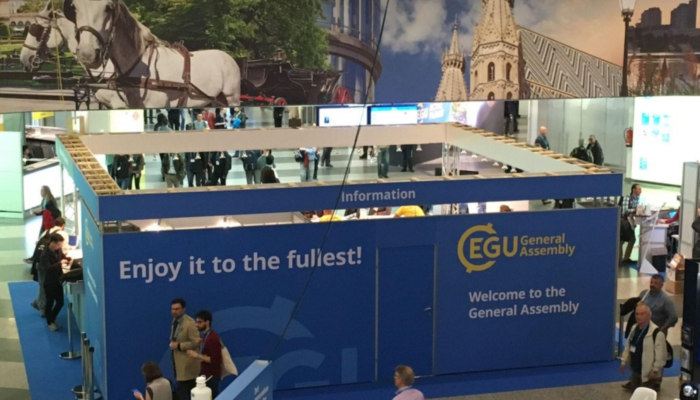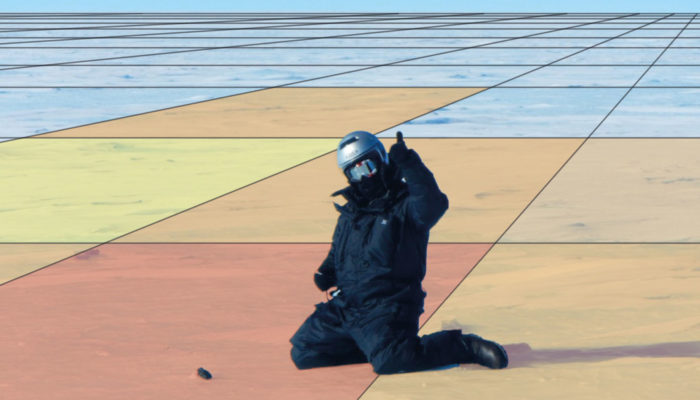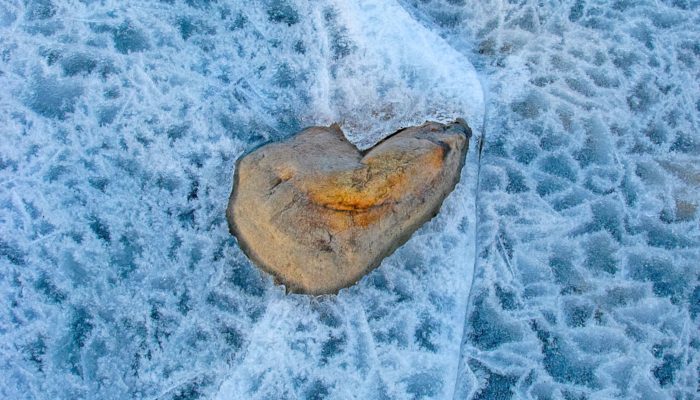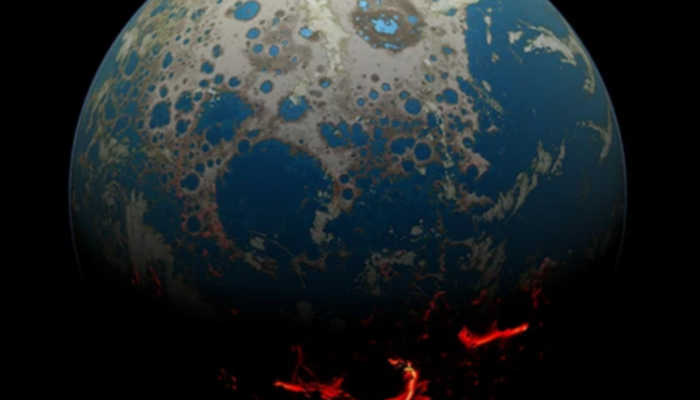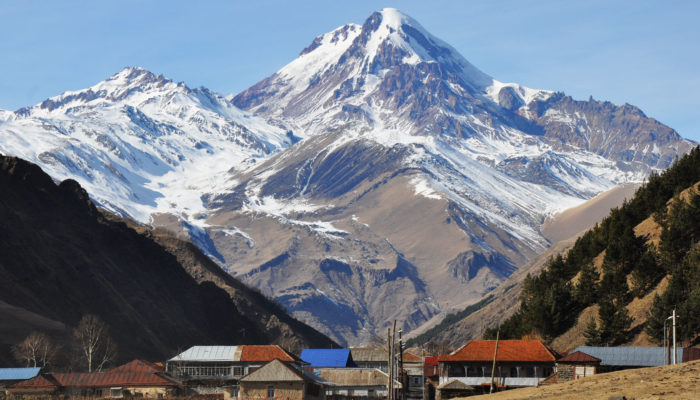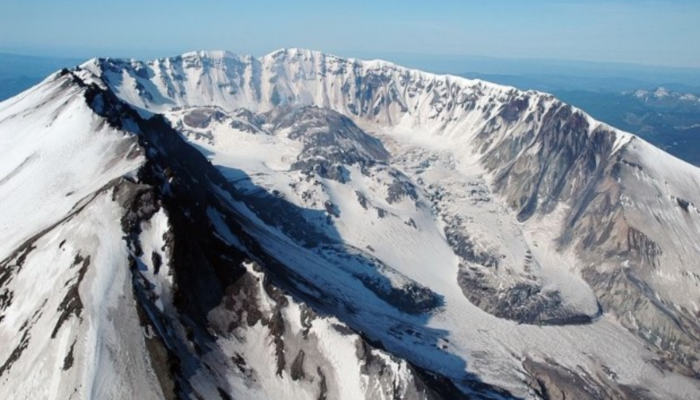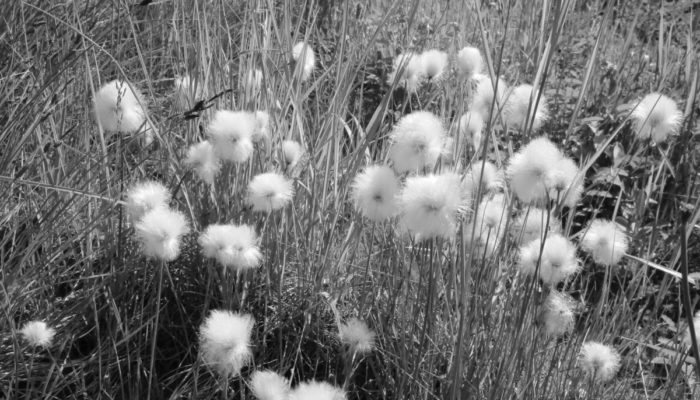After two (long) years of remote work and virtual conferencing, we are looking forward to engaging with fellow scientists in-person at the upcoming EGU22 General Assembly! But, with Covid-19 still in the air, this year’s conference will be held as a hybrid format. In this way, EGU22 will be modified to comply with Austrian pandemic restrictions, as well as introduce new elements to the programme t ...[Read More]
If you didn't find what you was looking for try searching again.
Cryospheric Sciences
Taiwan’s Icy Past
The beautiful island of Taiwan (as given by its colonial name, Ilha Formosa) is primarily known for its lush tropical forests, delicious culinary cuisine, bubbling hot springs, and a bustling cityscape. But, what does Taiwan have to do with the cryosphere? Before you resist the urge to leave and get a bubble tea, read on to find out about Taiwan’s cryospheric past! From cities to mountains Taiwan ...[Read More]
Cryospheric Sciences
Current challenges: high-altitude Chilean glacier monitoring in an extended drought
Central Chile has been facing a long dry period since 2010, marked by a high mean precipitation deficit, a so-called Mega Drought (MD) (Garreaud et al., 2019). This, besides long-term temperature increase (Burger et al., 2018; Falvey & Garreaud, 2009), has affected negatively the glaciers’ mass balance in the region mainly due to low snow accumulation throughout a hydrological year (which is f ...[Read More]
Cryospheric Sciences
Women of Cryo VI: Women and Glaciers in the Chilean Andes (Part II)
In Chile, gender imbalance in science mirrors the international context, even though the Americas have been recognised as a region where women’s representation in science has increased, compared to other countries (UNESCO 2015 statistics and this study). However, Chile still has one of the lowest ratios of women participating in STEM (33.1%), followed by Mexico and Peru, as shown in this study. In ...[Read More]
Cryospheric Sciences
Highlighted Paper – Meteorites in Antarctica
A Belgian-Dutch team of scientists created the first-ever “treasure map” that shows where in Antarctica meteorites are likely to be found. Meteorites are samples from space that fall as stone-like material on the surface of the Earth. Once recovered, meteorites provide crucial information on the formation and evolution of our Solar System. First meteorite finds in Antarctica December 1969, Yamato ...[Read More]
Cryospheric Sciences
Icy fieldwork: real or April Fool’s?
Those of us fortunate to participate in cryo-fieldwork are well aware of the unique, hilarious, and sometimes bizarre scenarios that we often find ourselves in. For this year’s April Fool’s Day, the EGU Cryosphere Blog team shares crazy anecdotes, with a catch: one of these stories is fake! Are you able to tell fact from fiction? Fill in the (twitter) poll, and time will tell if you are right…!! W ...[Read More]
Cryospheric Sciences
The fragile connection of the Ocean and the Cryosphere – a story from the past
Compared to the formation and evolution of the Earth’s surface, the ancient oceans receive little attention in geological history. However, understanding the rise and fall of the oceans of the past—or “ghost oceans”—can reveal crucial information about the evolution of our planet, the cryosphere included. Can oceans play a historical role in climate change? If water bodies had not existed, would w ...[Read More]
Cryospheric Sciences
Massive melting of Caucasus glaciers
The Caucasus is one of the most studied glacierized regions in the world (see previous Cryoblogs on Caucasus glaciers here and here). In this week’s blog, Levan Tielidze tells us about the health of the Greater Caucasus glaciers. His first study published this year indicates that the rate of decline in glacier extent between 2000 and 2020 in the Greater Caucasus is four times higher than it was be ...[Read More]
Cryospheric Sciences
Crater Glacier: A story of renewal in the aftermath of destruction
Crater Glacier, located on Mount St. Helens, Washington State, U.S., tells a tale of renewal. The catastrophic and deadly May 18th, 1980 eruption of the volcano created, among other things, a deep horseshoe-shaped, north-facing crater and obliterated most of the glaciers that resided on the volcano’s slopes. By a decade and a half later, it was clear that a glacier had formed in this unlikely loca ...[Read More]
Cryospheric Sciences
You left us too early: a eulogy to permafrost
Most problems faced in research are complex and require creativity and critical thinking. Thus, we need to be creative in science! Or maybe, science itself is creative and there is no such thing as non-creative science. Anyhow, in today’s world, where TED-talks, science slams and elevator pitches, not to mention tweets, are ubiquitous, it is important that scientific expression takes on a form tha ...[Read More]

